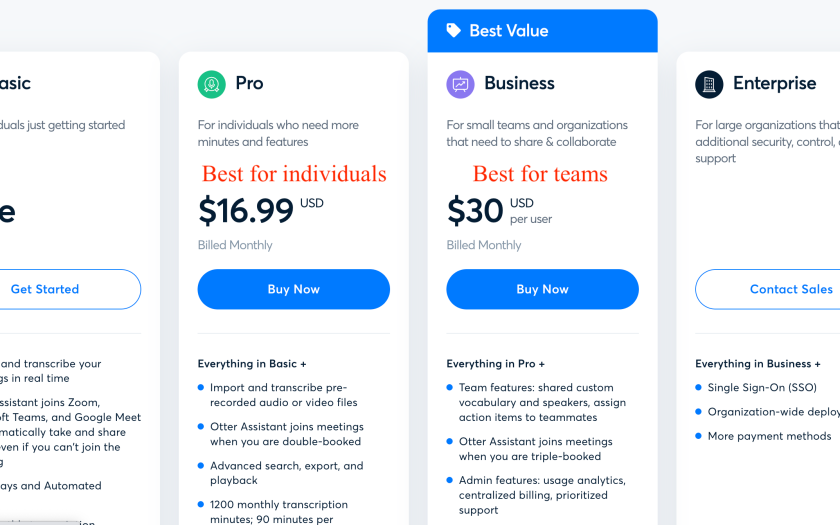In an increasingly digital world, Note taking ai remains a fundamental skill for learning, memory retention, and productivity. Whether you’re a student, a professional, or simply someone who enjoys organizing their thoughts, the act of jotting down important information has always been a valuable practice. But what if there was a way to make note-taking smarter, more efficient, and even more insightful? Enter Note-Taking AI, a revolutionary technology that is changing the way we capture and interact with information.
What is Note-Taking AI?
Note-Taking AI, also known as Intelligent Note-Taking or AI-Powered Note-Taking, refers to the use of artificial intelligence to enhance the note-taking process. It combines the capabilities of natural language processing (NLP), machine learning, and advanced algorithms to automate and improve various aspects of note-taking, making it a game-changer in terms of productivity and information management.
The Benefits of Note-Taking AI
- Automatic Transcription: One of the most significant advantages of Note-Taking AI is its ability to transcribe spoken words into written text with remarkable accuracy. This feature is incredibly beneficial for students and professionals who attend lectures, meetings, or interviews. It eliminates the need for manual transcription, saving valuable time and reducing the risk of missing important details.
- Summarization: Note-Taking AI can analyze lengthy documents or texts and provide concise summaries, making it easier to grasp the main points without sifting through pages of information. This feature is particularly valuable for researchers and individuals dealing with large volumes of data.
- Organization: Note-taking AI tools often come with organizational features that help users categorize and tag their notes for easy retrieval. This eliminates the hassle of managing physical notebooks or sorting through digital clutter.
- Searchability: AI-powered note-taking solutions use advanced search algorithms to allow users to find specific information quickly. You can search for keywords, dates, or even specific individuals mentioned in your notes, streamlining your research process.
- Personalized Insights: Some Note-Taking AI tools can provide personalized insights based on your notes. By analyzing your recorded information, they can suggest relevant articles, videos, or additional resources, enriching your understanding of the topics you’re interested in.
- Language Translation: For international users or those studying foreign languages, AI note-taking apps can automatically translate spoken or written text into different languages, breaking down language barriers.
- Collaboration: Many Note-Taking AI tools offer collaboration features, enabling multiple users to work on the same document simultaneously. This is ideal for team projects, as it allows for real-time edits and comments.
Examples of Note-Taking AI Tools
Several Note-Taking AI tools have emerged in recent years, each offering its unique set of features and capabilities. Some popular options include:
- Otter.ai: Otter.ai is an AI-powered transcription and note-taking platform that excels in capturing spoken words accurately. It’s widely used for meetings, interviews, and conference calls.
- Roam Research: Roam Research is a note-taking tool that uses bi-directional linking to help users connect and explore their ideas. It promotes a more interconnected way of organizing information.
- Notion: Notion combines note-taking, project management, and collaboration features into one platform. It’s highly customizable and can adapt to various workflow needs.
- Evernote: Evernote has been a popular note-taking app for years and has incorporated AI features like document scanning and advanced search.
- Microsoft OneNote: Part of the Microsoft Office suite, OneNote offers AI-powered features for transcription, handwriting recognition, and more.
